So, GBE showed up at a recent meeting of the Joint Committee on Energy and Water at the Kansas legislature and made an obsequious presentation about the failed NIETCs and how great its project will be for Kansas. You still love them, don't you, Kansas? Kansas? Hello? Somebody needs a hug!
Remember how Invenergy has been claiming (in multiple states) that its transmission projects had NOTHING to do with the NIETCs and that Invenergy did not request them? I have been pushing back against that for months because it is a big, fat lie. Of course Invenergy submitted requests for NIETCs for all the transmission projects it is developing. DOE asked for suggestions of where to make corridors. They didn't have a crystal ball. Invenergy DID request these corridors that so upset and horrified thousands of landowners across the Midwest. Invenergy admits it at minute 12:00 of its presentation. Listen carefully.
When DOE first opened this program, we initially submitted applications for all projects in Invenergy's transmission portfolio to be considered.
And one more thing before I get onto the real revelation DOE and GBE is trying to hide from you now...
While Patrick Witty gave the presentation and began answering questions, he made the fatal mistake of calling Brad Pnazek up to the podium to answer a question. The bombastic Brad took over and it was quite a while before Patrick was able to wrest the microphone away from him at the request of a legislator. It might not have mattered if our friend Brad wasn't a prevaricator of the highest order. Remember when Brad "misspoke" at a DOE EIS webinar to say that GBE wasn't necessarily a merchant transmission project and had not yet decided how its project would be structured? Once again, Brad did not disappoint. I'm going to be frank with you... Brad has a penchant for making crap up if he thinks it will help his position. Even when the lie actually matters little, Brad can't help himself.
Brad told the committee that while GBE pays 110% of fair market value, other utilities only pay 90% of fair market value for their easements. C'mon, Brad, this lie doesn't even make sense! All utilities are required by law to pay 100% of fair market value for the easements they want. He followed that lie by saying that while GBE is only going to use eminent domain on around 4% of the easements needed, other utilities use eminent domain for 20% of the easements needed. This is ANOTHER made up fact. Utilities usually take less than 5% of the land they need using eminent domain. A transmission line that attempted to take 20% would be a public relations disaster of epic proportions (sort of like requesting NIETCs, right, Brad?).
Gotta wonder about Brad. Is he someone's relative or a political favor? I understand that the Peter Principle elevates employees to their level of incompetence, but it's not just incompetence here. Brad just can't help making crap up if he thinks it would sound good (in his own head). Take note! He's a ticking time bomb. Deploy as necessary.
Now let's get to the most important and urgent revelation...
As you may recall, Grain Belt Express has applied for a $4.9B loan guarantee (of taxpayer money) from the U.S. Department of Energy. As part of its intent to grant that loan, the DOE is required by federal law to perform an Environmental Impact Statement on the project so that its environmental effects can be made public and taken into consideration when deciding to grant the loan. Of course, you may also recall that the DOE granted a "conditional" approval of GBE's loan in its panicked, mad dash for the exit after President Trump was re-elected. DOE has been madly pumping out the taxpayer dollars to its favored companies and projects ever since November. GBE's "conditional" approval is contingent upon the completion of the EIS. So does this mean that the EIS is merely a pre-determined exercise at this point, where the report is written to bolster the already granted approval? Why even bother?
An EIS has several steps that the federal government usually drags out for years. The first step is Scoping, where DOE shows the project to the public and asks them what it should study. The DOE engages in the widest notification it can to make sure impacted communities can be engaged to make comment. The DOE held public "workshop" meetings and accepted a boatload of public comment back in 2023. Then DOE published a Scoping Report to share what they learned.
And since then... crickets. DOE did nothing with GBE's EIS for two years. Guess they thought they had all the time in the world... and then the real world intruded. Now it's apparently a rush-rush, hurry up emergency. DOE has set the MINIMUM time frame it can get away with to accept comments on its Draft EIS. You have only 45-days to comment from the date the notice was published in the Federal Register. You read the Federal Register every day, don't you? You don't? Of course you don't! So, how is that public notice? Sure, it's available to the public, if you know where to look and your crystal ball lets you know it's there. Where's all the notice to the public? Last time, DOE did media and sent notices to landowners. DOE has a list of people who commented on the scoping in their possession. Where's the notice? There isn't any. Isn't that where GBE and DOE got in trouble on the NIETCs? Lack of public notice is a serious issue. How can you tell when your government is trying to pull one over on you? Lack of public notification of its actions. DOE has become a very shady agency during the past four years. Isn't it time to clean house? At any rate, your deadline to comment is March 3, 2025.
The EIS is over 400 pages, and has numerous appendices. You're supposed to read, digest, and comment on all this in less than 45 days, because the clock has already started ticking. Ask your Senators and Representatives to demand that DOE not start its 45-day clock until it has notified all impacted communities, landowners and the people who commented on scoping. It's going to take more than 45-days to notify everyone and by that time the comment period is over. This deadline and lack of public notification is ABSURD! An extension must be demanded.
And just like the NIETCs, lack of DOE notification doesn't prevent grassroots notification. Spread the word! Let everyone know about the Draft EIS and the upcoming public meetings where people can get more information and make oral comments. The meeting schedule is here.
There are ONLY 2 meetings being held across the state of Kansas. How far are you expected to drive in the dead of winter to attend one? 100 miles? 200 miles? 300 miles or more? There's also just 2 meetings for Missouri! Let your elected officials know that this is an inadequate number of meetings!
And here's something else DOE "forgot" to tell you... you can request your own personal copy of the EIS, whether electronic or on paper. Each paper copy DOE has to send out costs GBE several hundred dollars. Request your paper copy by emailing:
[email protected]
Please also read the Federal Register Notice to scan for other information that DOE didn't include on its EIS page.
Also take note that the EIS is a public recitation of the environmental impacts of GBE, it not a pass-fail test that promises no impacts. The federal government is required to make the environmental impacts of its action public and allow the public to comment on them. If you notice things that DOE missed in their report, let them know. If you think their conclusions are wrong, let them know. If you think DOE didn't adequately study alternatives, let them know. And, most of all, let the DOE know that you demand they select the "no action" alternative that means they don't grant the loan.
This is going to be a lot of work, but don't give up. Remember how your participation in group action cancelled the NIETCs. You activated your elected officials and their involvement was crucial to your success. Like the shampoo bottle says... lather, rinse, repeat.

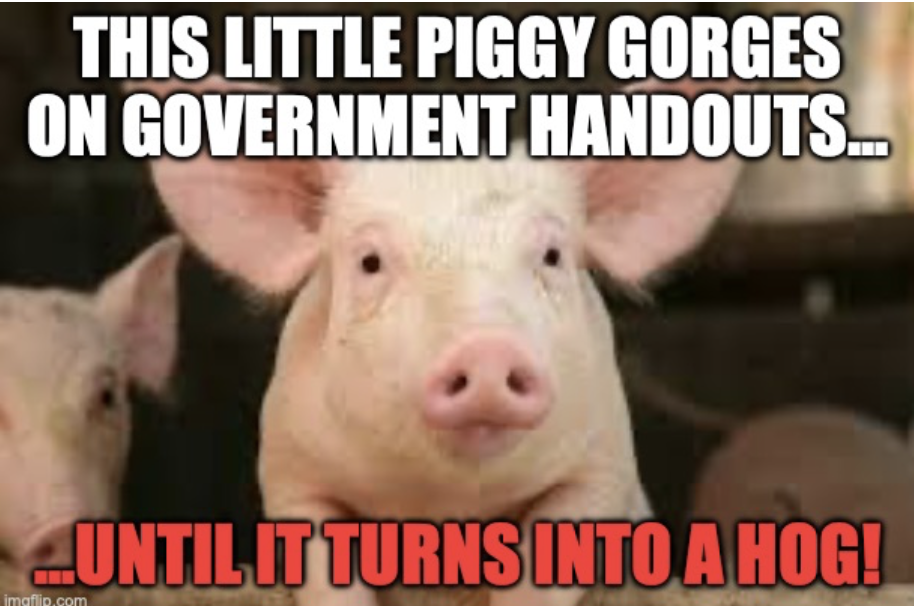
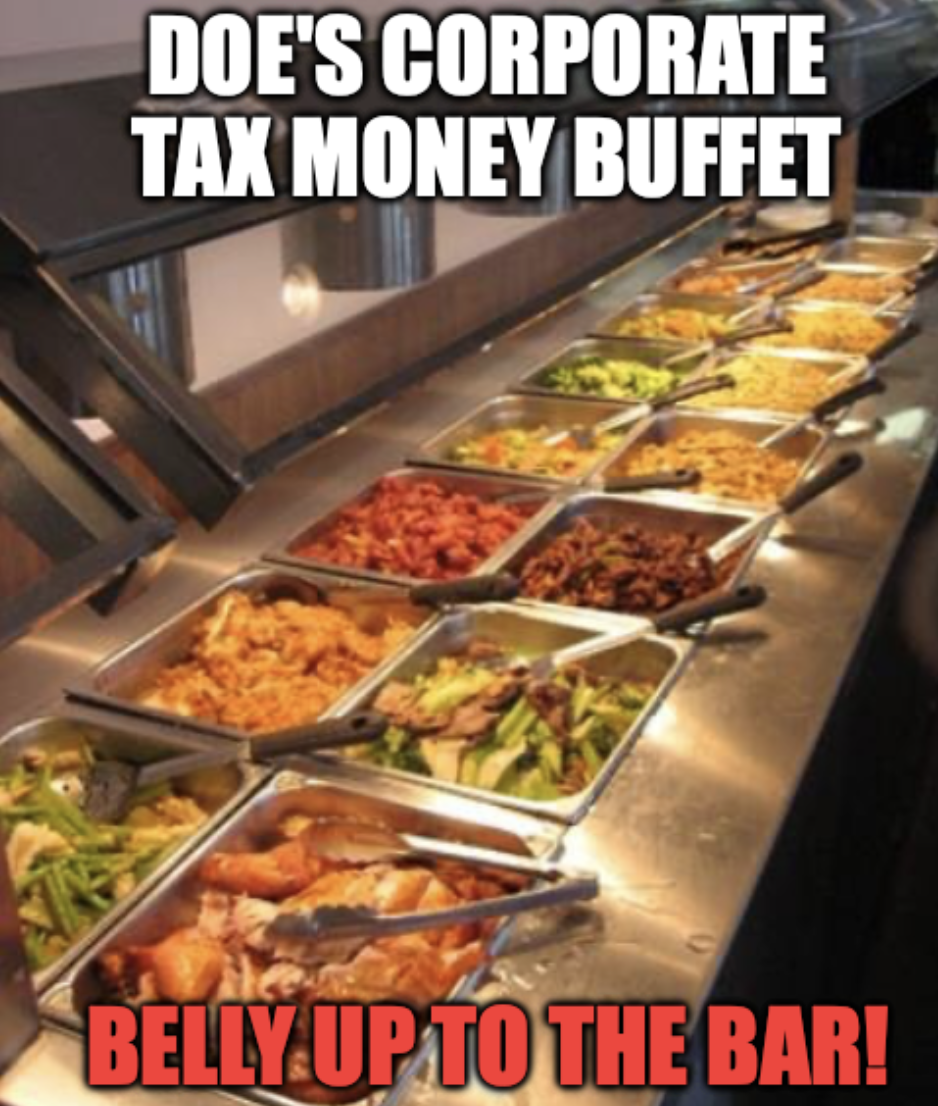
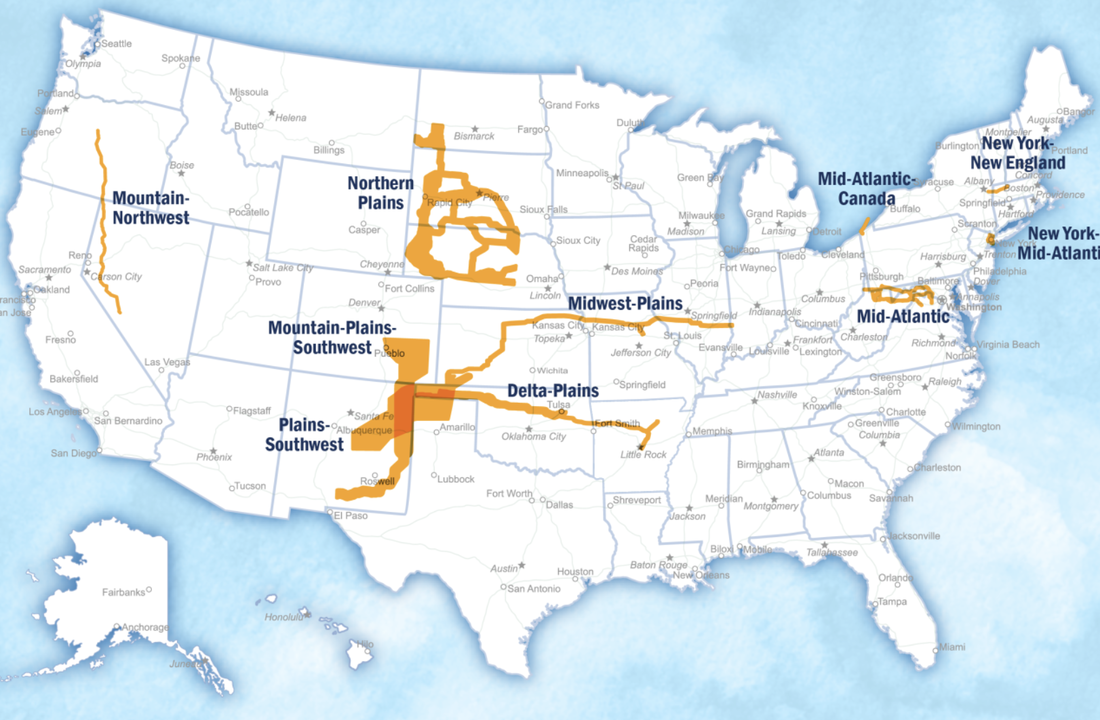
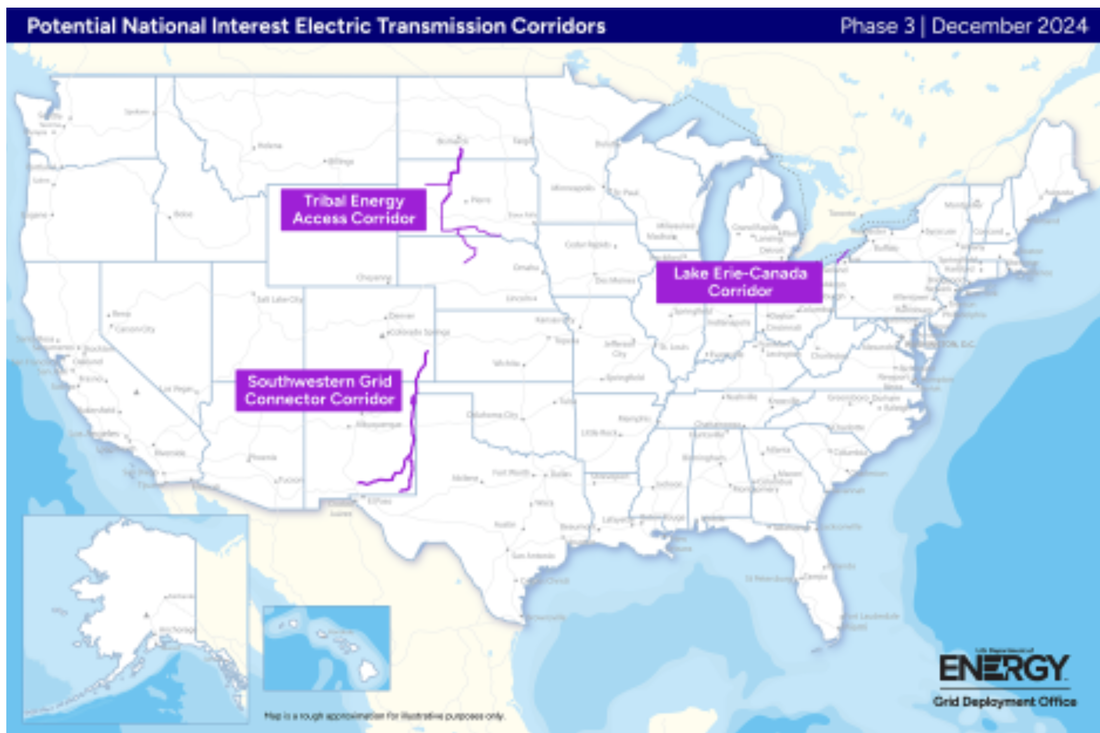
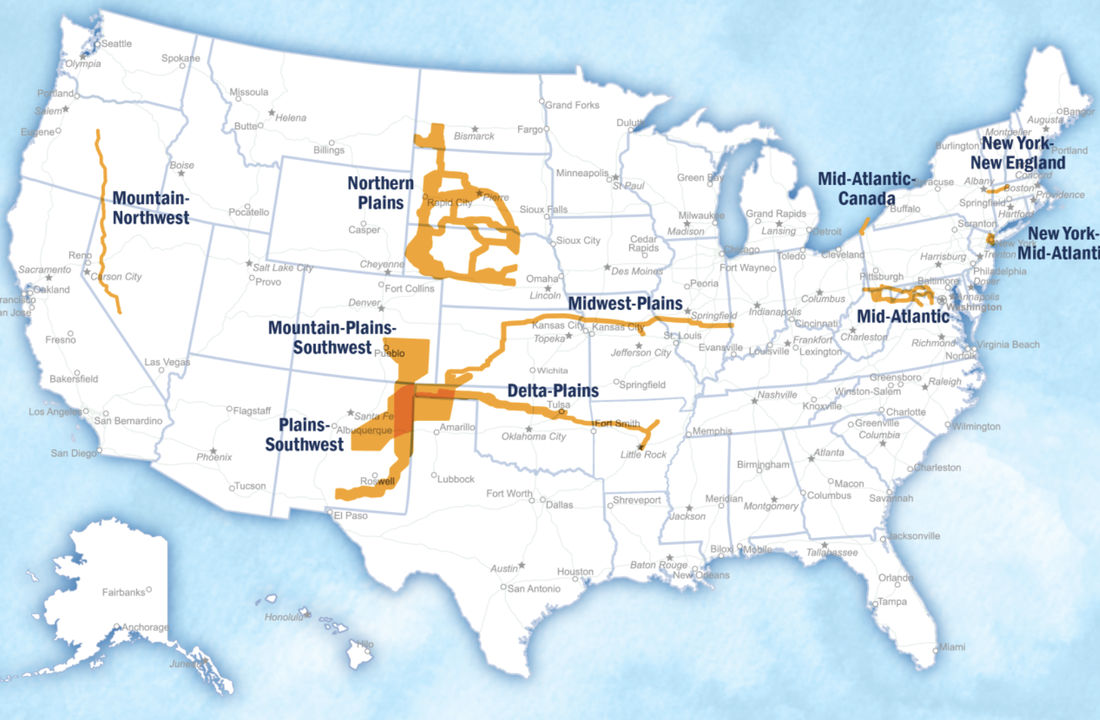
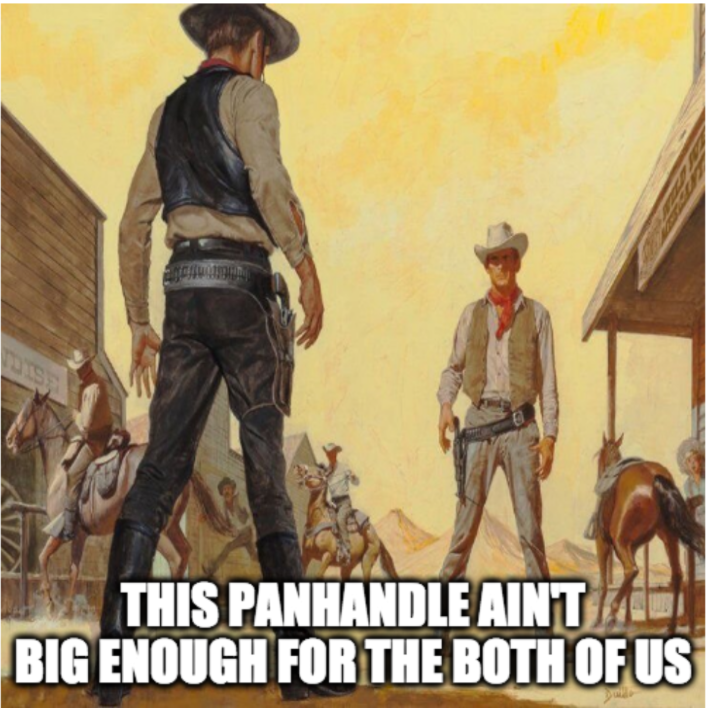
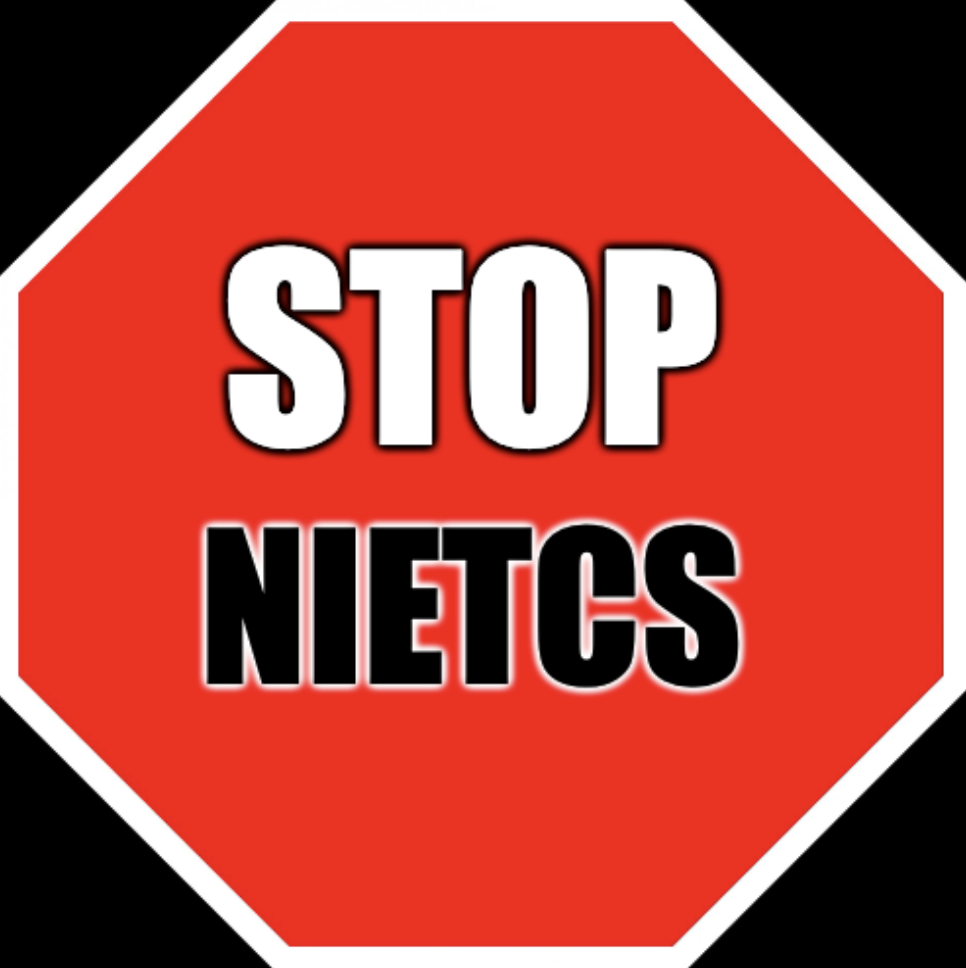

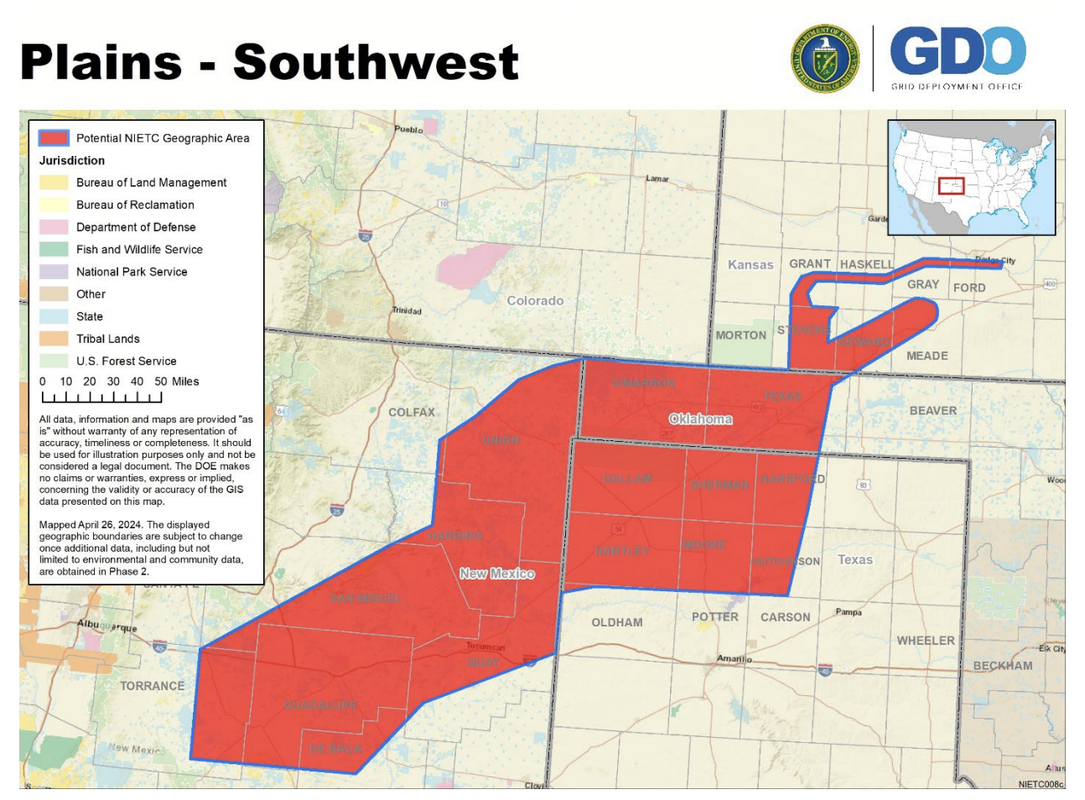
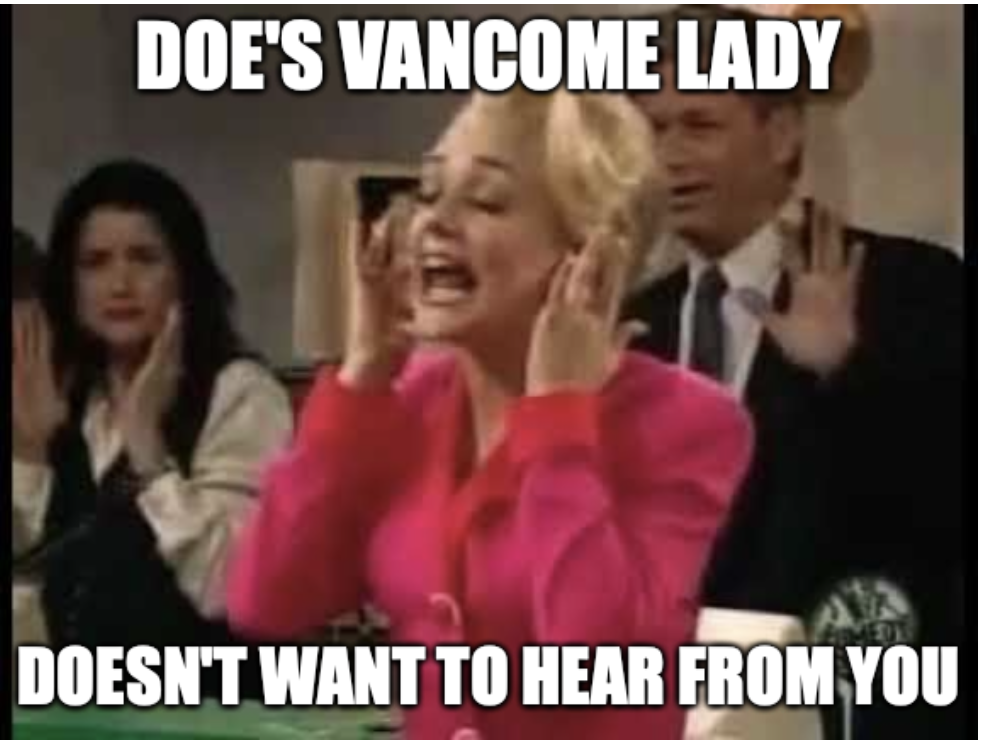
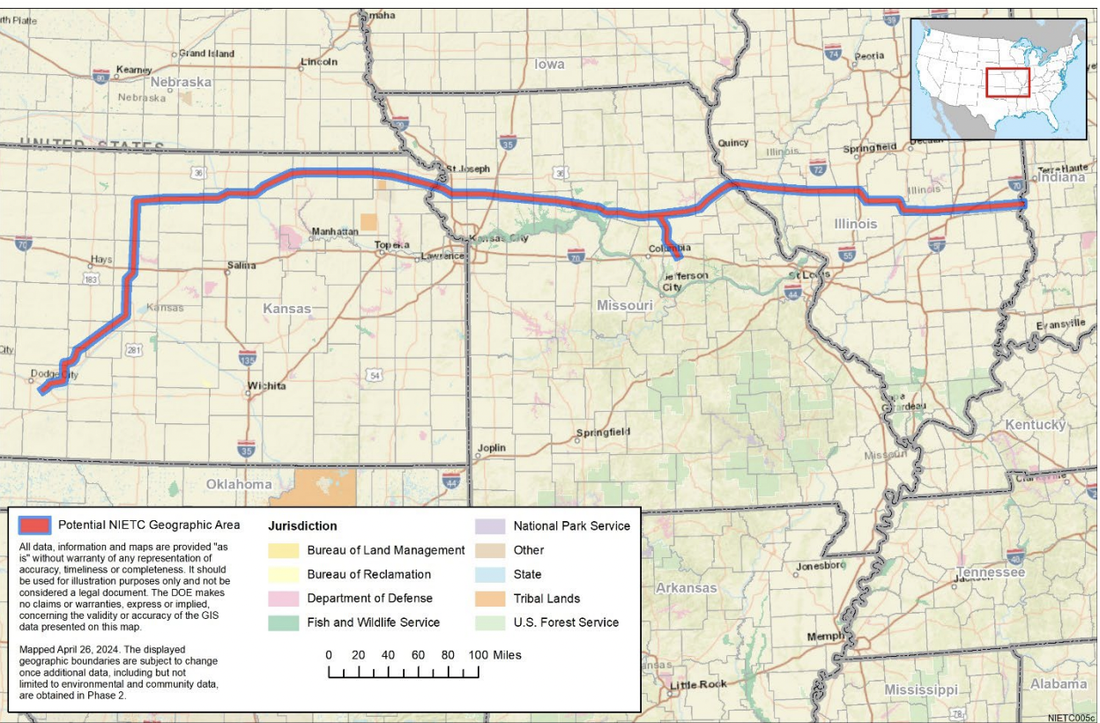
 RSS Feed
RSS Feed